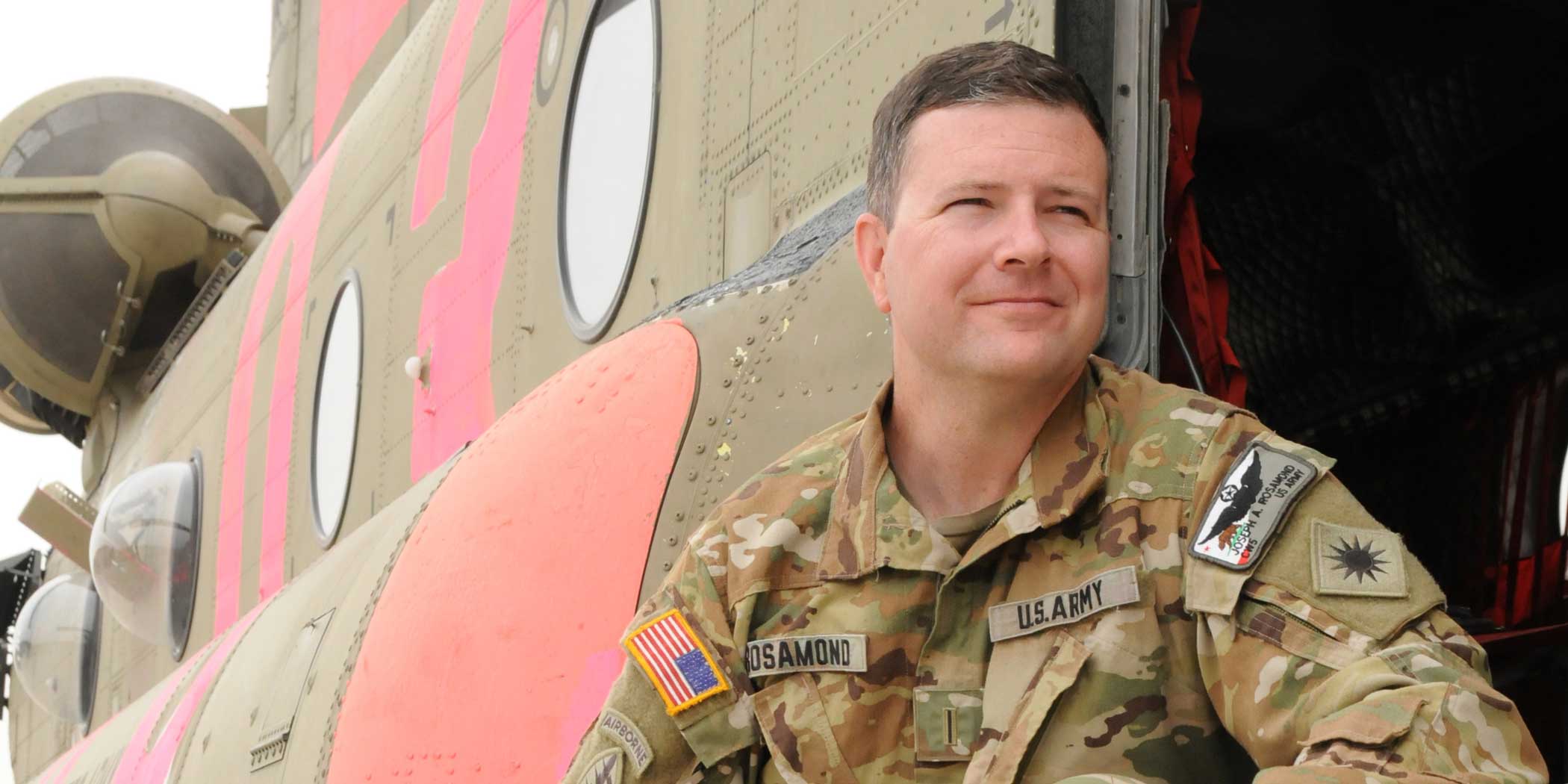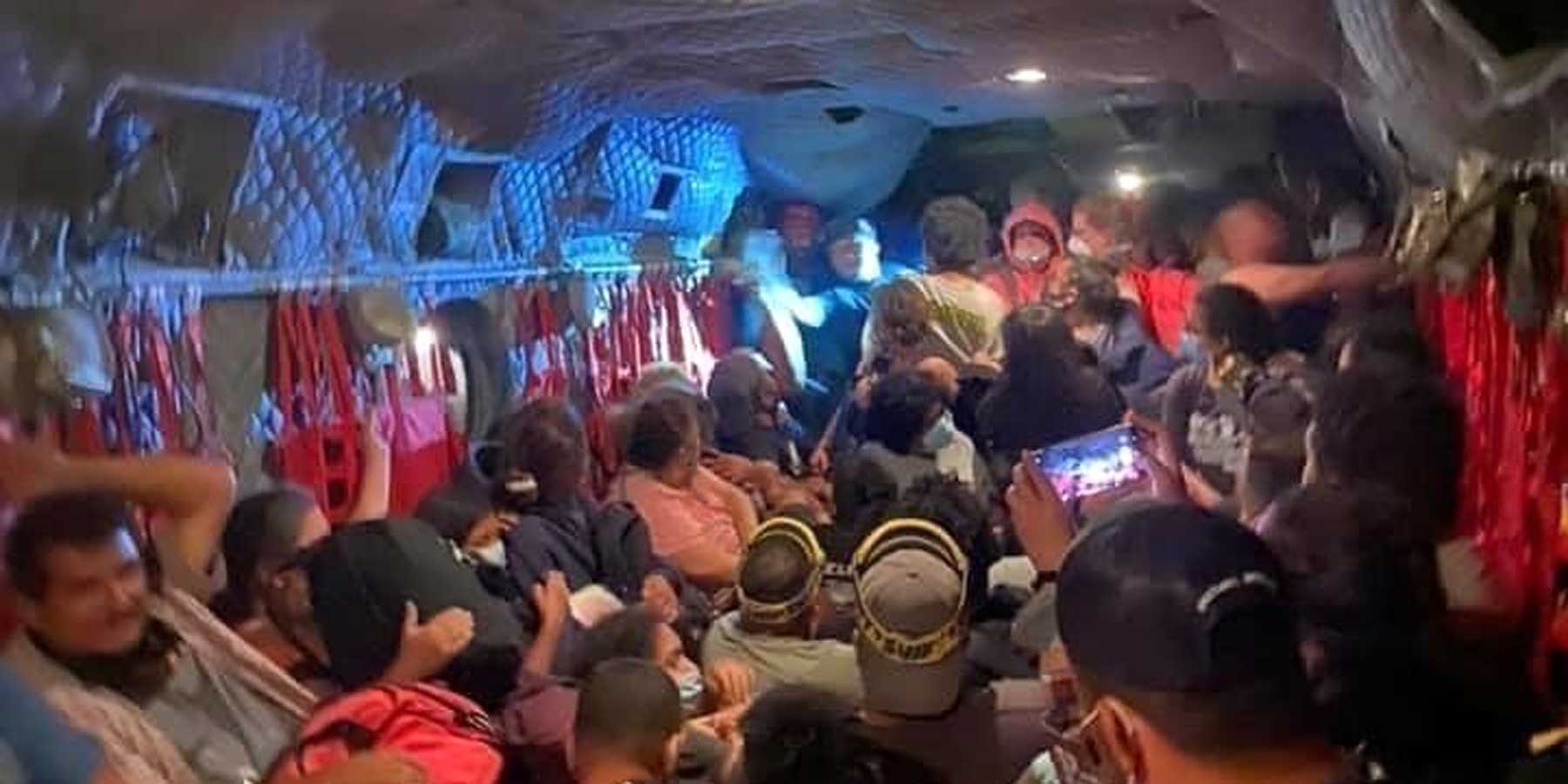Click Here to View This Page on Production Frontend
Click Here to Export Node Content
Click Here to View Printer-Friendly Version (Raw Backend)
Note: front-end display has links to styled print versions.
Content Node ID: 403009
On September 5, members of California National Guard’s 40th Air Combat Brigade were dispatched to fly into a raging forest fire and evacuate hundreds trapped by the rapidly-moving Creek Fire at the Mammoth Pools campground in the Sierra Nevada mountains near Merced. The fire started on September 4, incinerating 45,000 acres on its first day. By September 5, the carnage grew to 81,000 acres.
A Boeing CH-47F Chinook commanded by CW5 Joseph Rosamond was dispatched from Stockton and was joined by a Sikorsky UH-60M Black Hawk commanded by CW5 Kip Goding out of Fresno. The two told their stories during a recent webinar hosted by the Helicopter Association International.

The mission was exigent with little time for each crew to brief and no time for the aircraft commanders to cross brief. The information was imprecise. Goding was initially told 30 people needed to be evacuated, then 30 families. Before it was over, 242 would be evacuated by both helicopters over the course of three hops and 10 hours. On the first hop, 20 passengers were crammed into the 11-seat Black Hawk. On the second, 102 campers were jammed into a Chinook. The mission would strain crew and machines to their limits and so impressed military commanders that each member of both crews was awarded the Distinguished Flying Cross in person by President Trump on September 14.
Both helicopters arrived on scene as dusk approached, but were kept out of the area by air attack aircraft that were directing waterbombers. It was not until after dark that the rescue helicopters were allowed to land. But the question was where. Confusion reigned. Information from law enforcement on the ground and CalFire was either imprecise or nonexistent. “We started getting a whole lot of grid coordinates and lat longs that didn’t make sense,” said Rosamond. “They [on the ground] just didn’t know. There wasn’t a whole lot of information that was shared.”
The crews got on their night vision goggles (NVGs). With the NVGs, they could make out the terrain by the fire and heat plumes on the surrounding mountain and hillsides through the smoke. Convection from the fire kicked up what had been seven-knot winds to velocities near 25 knots. Finally, the landing zone (LZ) became apparent: halfway down a 13-degree sloped boat landing surrounded by flames. Many of the campers were already taking shelter in the water. It was chaos.
“There was no one on the ground to control the people,” said Rosamond. The LZ was at 3,300 feet and the outside air temperature was 105 degrees Fahrenheit. Assisted by flight engineer Sgt. Cameron Powell and Sgt. George Esquivel, 65 campers piled into the Chinook on the first hop, several had severe injuries, according to Rosamond. “They had multiple broken bones and severe burns. Some had skin falling off their bodies.” Once Rosamond was airborne he headed for Fresno and put out the call to send all the EMS they had to the airport. Goding was only a few minutes behind. Once shutdown, they offloaded, briefed, refueled, and headed back to the LZ.
And that, said Rosamond, is when things got really crazy. Water-soaked campers “bum-rushed” the Chinook. There was no law enforcement anywhere near the boat ramp to impose order. The Chinook’s aft loading ramp came down and terrified campers ran past Powell and Esquivel. They had no idea how many. They thought maybe 75 to 85 and gave that number to Rosamond, sitting in the cockpit, for his performance calculations. As they struggled to close the Chinook, mothers began throwing their babies at them. The crew decided not to leave the mothers behind and made more room in the helicopter.

Even with 75 to 85 aboard, Rosamond thought the load was within limits after punching data into the FMS. “Almost immediately after I lifted off, I knew that number was not true. We were extremely heavy.” In reality, 102 passengers and the four crew were aboard.
And it was too late to do anything about it. “The next thing we knew we were over the water and didn’t have the option of setting it back down. We initially thought we would hover at about 85 percent torque. We didn’t come off the ground until about 92 or 93, maybe a little bit more, just about everything that was available,” said Rosamond. The Chinook was not happy. “We were shaking. The vibrations were very telling.”
Copilot CW2 Brady Hlebain was the pilot flying and Rosamond pulled collective power to 100 percent and held it for him. Still, the Chinook dropped, struggling to accelerate through effective translation lift (ETL) speed range of 16 to 24 knots. “It was kind of alarming. I was really hoping we would get through ETL before the water got to us,” said Rosamond.
It did, but the climb out was painfully slow. The Chinook could only maintain its power settings for a few more minutes and was plodding along at 60 to 70 knots. It needed to make 80 to achieve the best rate of climb and clear the mountains and the ever-encroaching smoke that was closing down some of the exit routes. Hlebain pointed at the cruise guide indicator (CGI) that measures stress on the rotor system. It was pegged deep into the red. “That was a zone I had never operated in before, even in Afghanistan,” Rosamond said. “We couldn’t accelerate anymore. So we played this game of accelerating as much as we could, getting the CGI into the red, then slowing down and cyclic climbing to get a little more altitude.”
“At that point, we had pulled out of our skill bag and were elbow-deep into our luck bag,” Rosamond admitted.
For the next 10 to 12 minutes, by finessing engine limit and power setting times, Rosamond and Hlebain coaxed the Chinook into a slow climb to 8,000 feet, enough to clear the mountains and return to Fresno. Reflecting on that night, Rosamond said, “We did everything we were supposed to do. There was just so much that was unknown.”